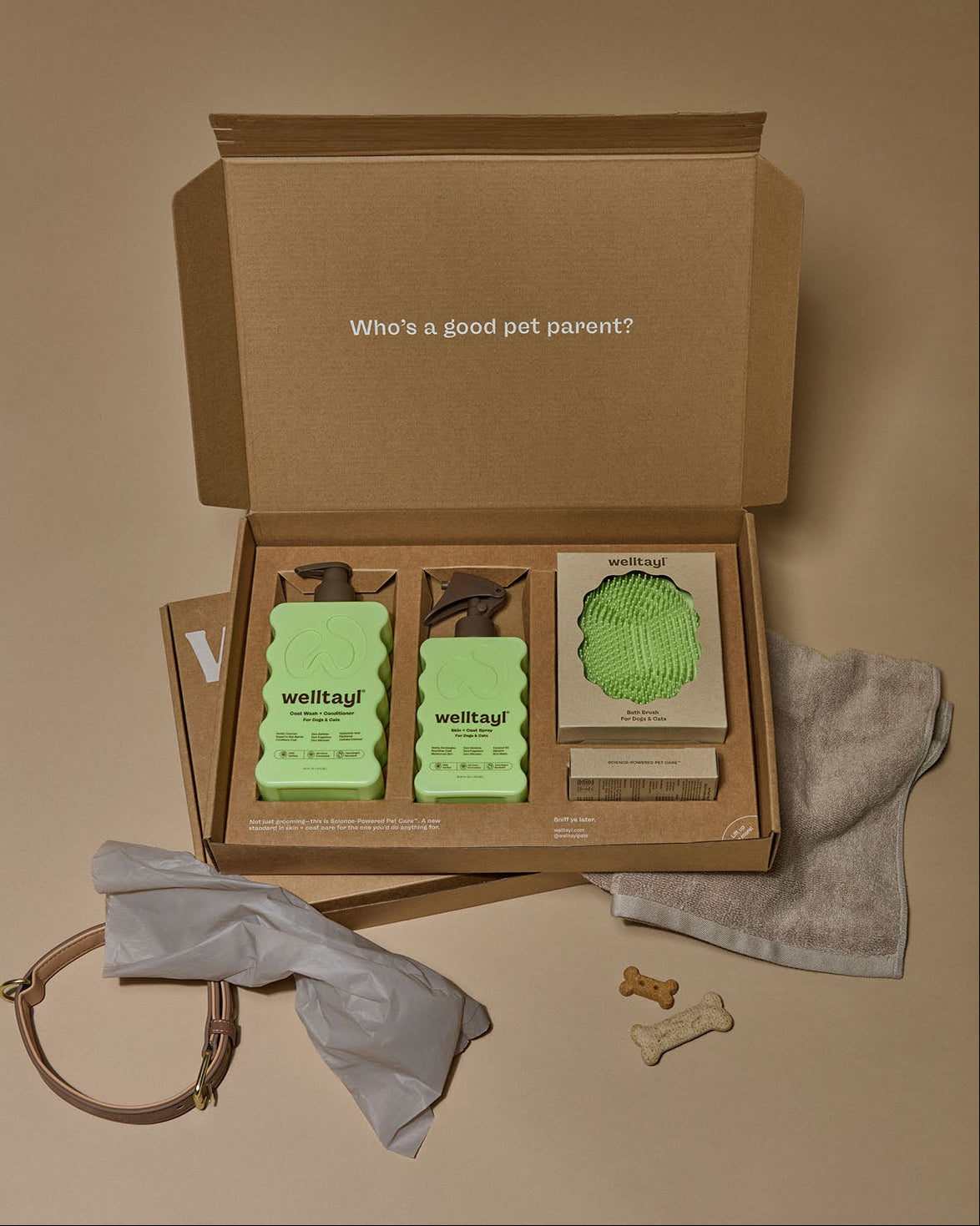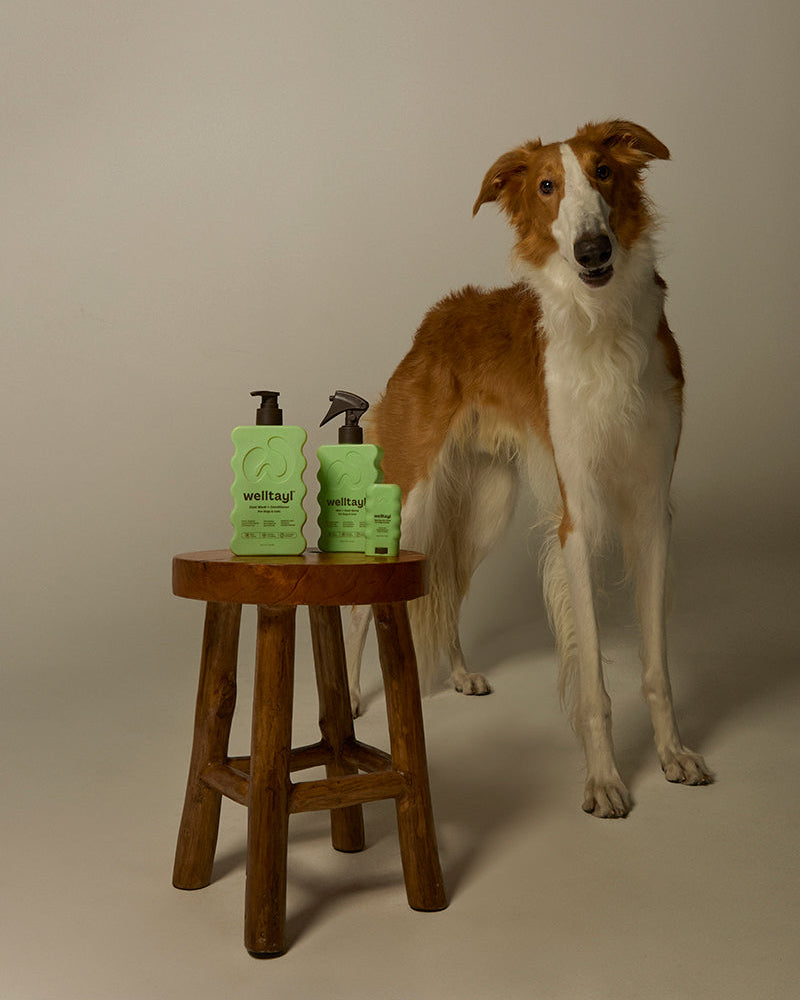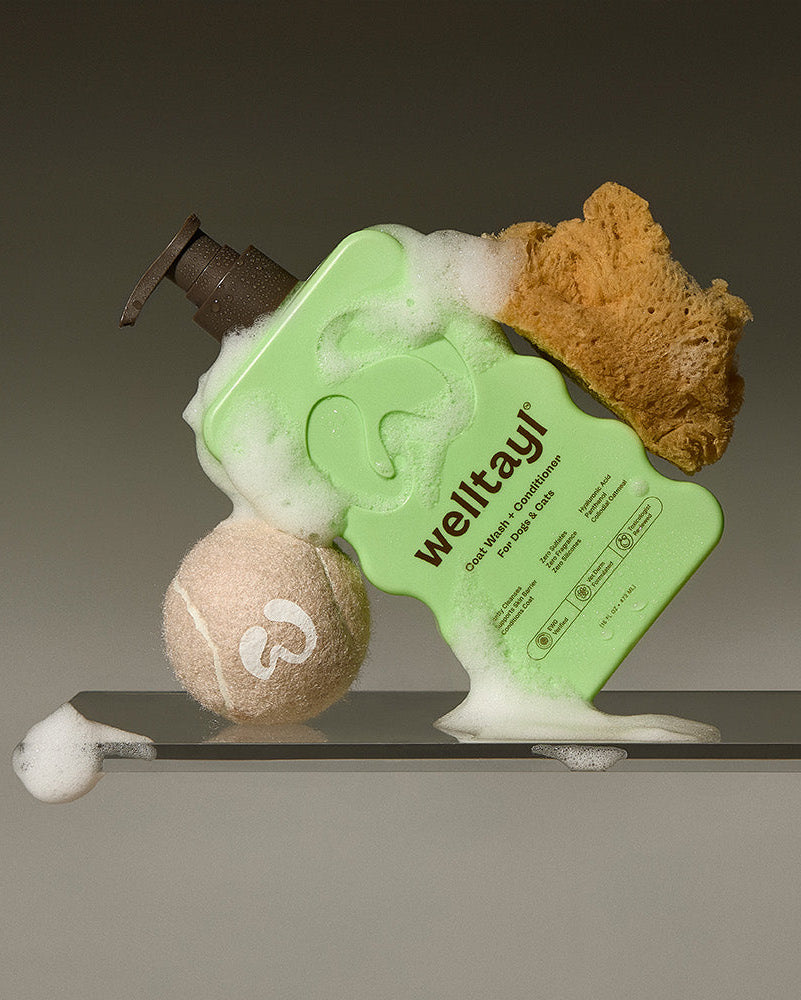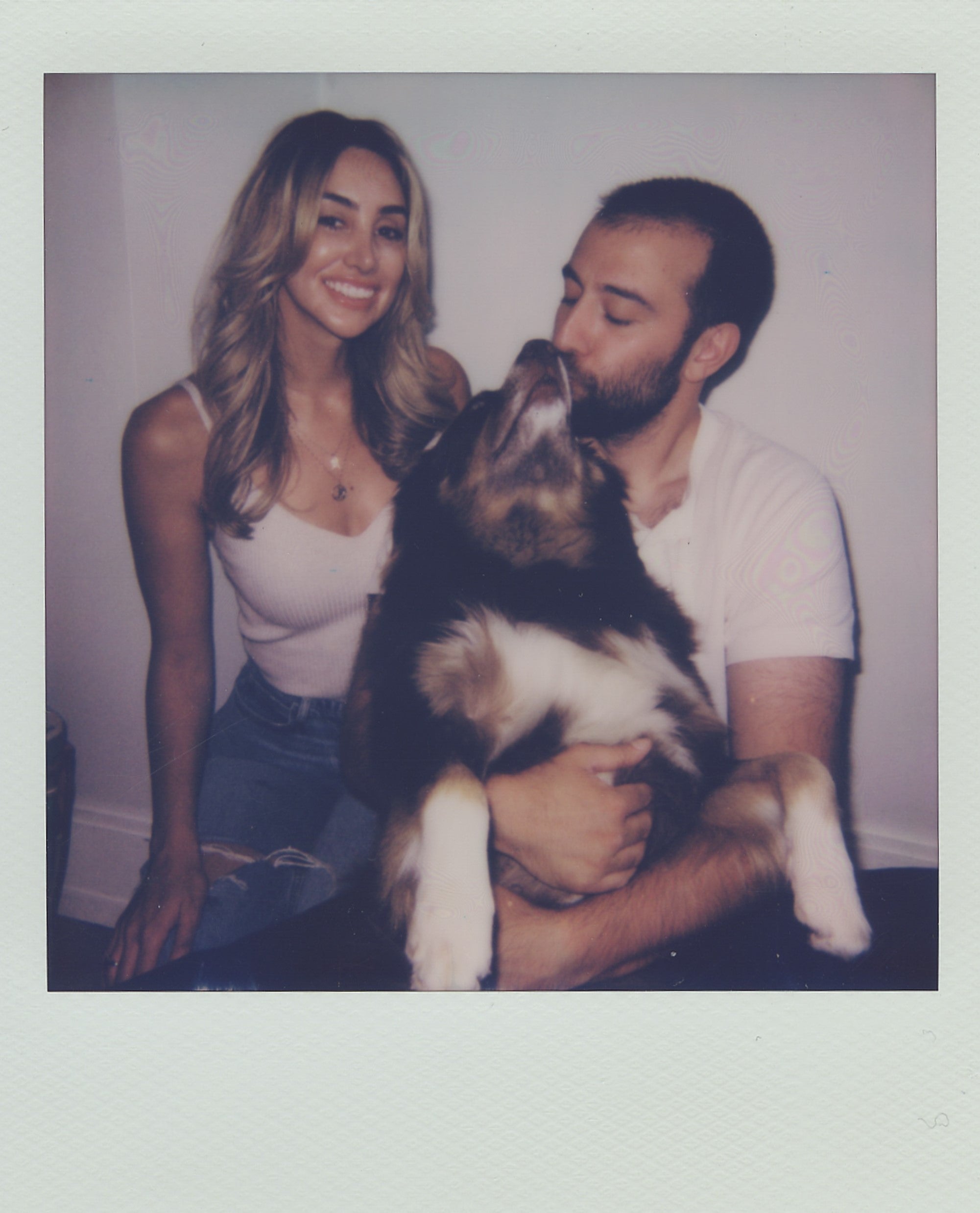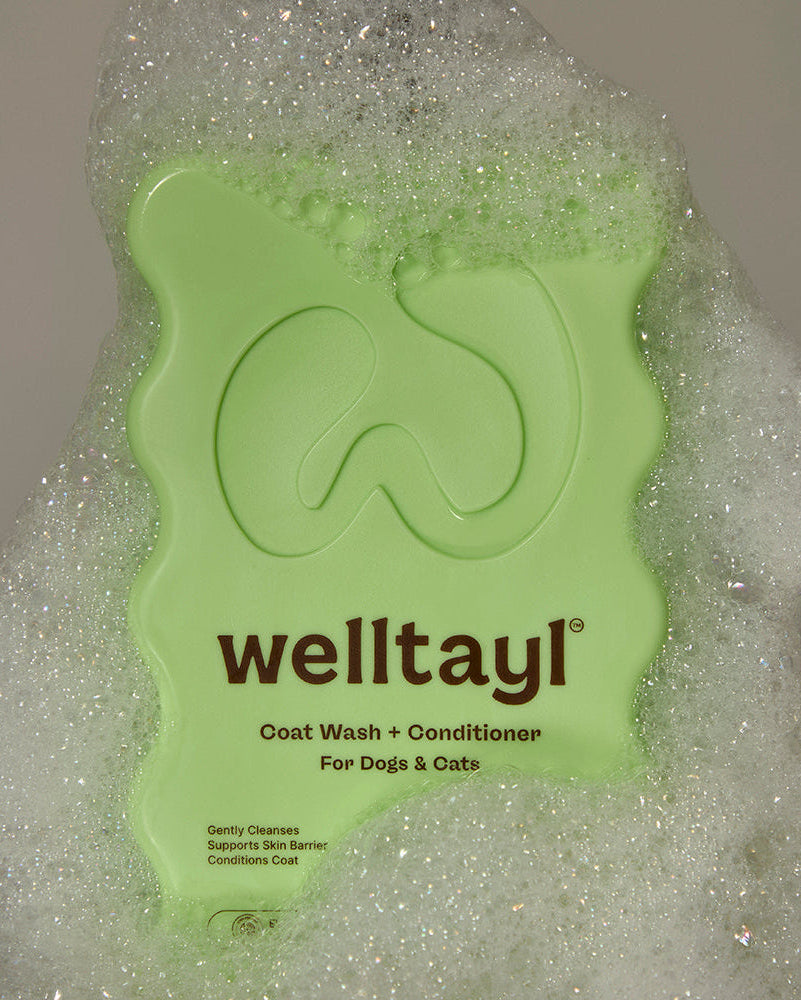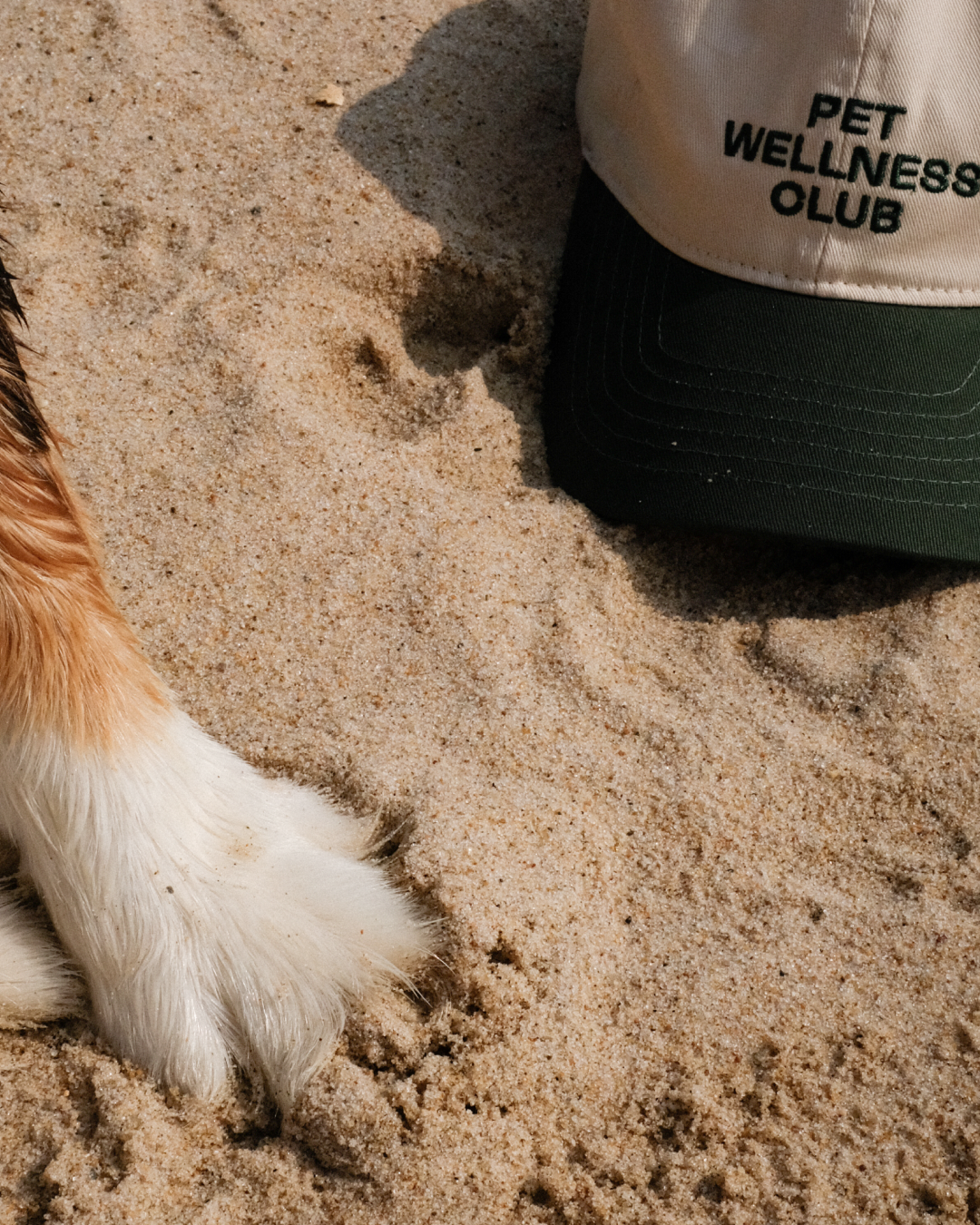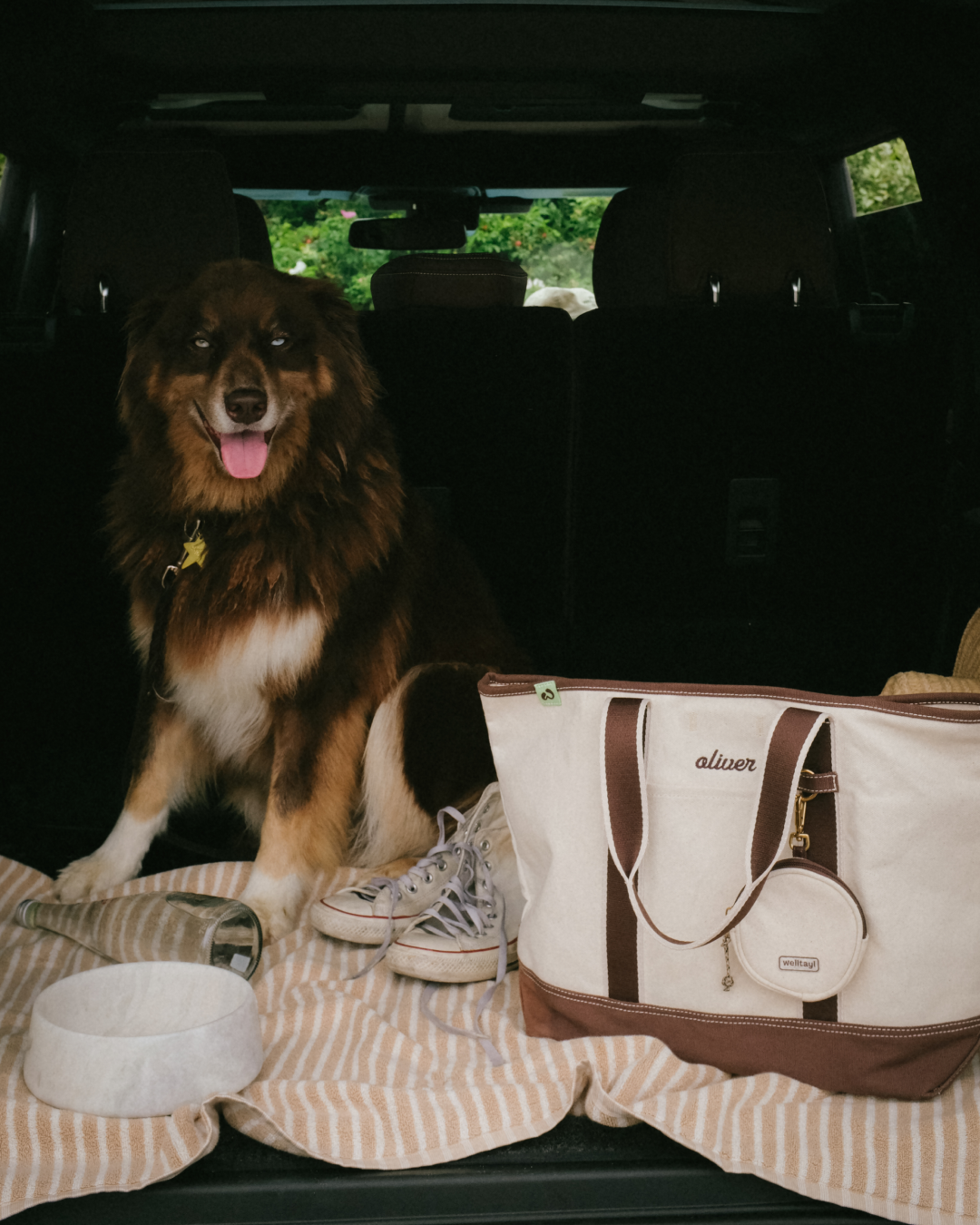As you prep for a sunny day out with your pet, you might wonder if your sunscreen can pull double duty to protect your dog's skin as well. After all, if it shields your skin from harmful UV rays, it should work for your dog too, right? Not so fast! While protecting your pet from the sun is crucial, especially if they have light skin or sparse fur, reaching for your bottle of human sunscreen isn't the safest choice.
Table of Contents:
- Key Takeaways
- The Risks of Sun Exposure for Dogs
- Can You Use Human Sunscreen on Dogs?
- Suitable Sun Protection for Dogs
- How to Safely Apply Sunscreen to Your Dog
- Conclusion
- Frequently Asked Questions
Key Takeaways
-
🧴 Avoid Human Sunscreen for Dogs: Human sunscreen contains chemicals like zinc oxide and para-aminobenzoic acid (PABA) which can be toxic to dogs if ingested. Dogs have different skin pH levels and fur which interacts differently with such products.
-
☀️ Understand the Risks of UV Radiation: Despite their fur, dogs are susceptible to UV radiation which can cause sunburn, especially in areas with sparse fur or light-colored skin. Prolonged sun exposure can increase the risk of skin cancer.
-
🐩 Select Dog-Specific Sunscreen: When choosing a sunscreen for your dog, ensure it is specifically formulated for canine use, lacking harmful chemicals, and safe if licked off and ingested.
-
🐽 Proper Application is Crucial: Apply dog-specific sunscreen on sensitive areas like the nose, ears, and belly. Avoid the eyes and reapply regularly, especially after swimming or physical activity.
-
❗️Monitor High-risk Areas: Pay extra attention to areas prone to sunburn such as the nose, ears, and belly, particularly in shorthaired breeds.
-
💦 Seek Sunscreens with Specific Features: Look for dog sunscreens that are non-greasy, water-resistant, fragrance-free, and provide broad-spectrum protection to ensure comfort and effective sunblock.
The Risks of Sun Exposure for Dogs
Despite their fur, dogs can suffer from the effects of sun exposure. Reflecting on the need to protect your dog from harmful UV rays becomes crucial, especially if they have light skin or sparse fur or spend a lot of time outside in direct sunlight.
Understanding UV Radiation and Canine Skin
UV radiation, the invisible rays from sunlight, poses significant risks to both human and canine skin. Dogs, like humans, can suffer from sunburn and long-term sun damage despite their fur covering. Canine skin is sensitive and less protected where the fur is sparse, such as on their bellies, ears, and around the nose.
Areas with thin or light-colored fur are more susceptible to harm fromUV rays, increasing the risk of sunburn and, potentially, skin cancer over prolonged exposure. Even on cloudy days, UV rays can penetrate through and cause damage if protective measures aren't taken.
To safeguard your dog's health, understanding their specific skin needs and how UV radiation affects them provides the first step toward adequate sun protection. Remember, not every sunscreen is safe for canine use due to ingredients like zinc oxide and PABA, which can be toxic if ingested by dogs.

Can You Use Human Sunscreen on Dogs?
It's essential to protect your dog from the sun, but using human sunscreen isn't the safest approach. This section will discuss why it's better to avoid such products for your pets and stick to dog-specific formulations.
Reasons to Avoid Human Sunscreen for Dogs
When choosing sunscreen for your dog, reaching for the bottle you use might seem convenient, but it's not advisable. Human sunscreens contain various chemicals and ingredients specifically formulated for human skin that can be harmful to dogs. Compared to human skin, a dog's skin has a different pH level and lacks some of the thickness and protective qualities found in ours. You might think that applying your sunscreen to your dog's nose or ears helps, but it might do more harm than good.
Furthermore, the protective fur that covers most of their body interacts differently with products than human hair. This difference means that using sunscreen designed for humans can lead to skin irritation or reactions in dogs, disrupting their comfort and potentially leading to more severe health issues.
Potential Risks and Toxic Ingredients
When using human sunscreen on dogs, you expose them to chemicals and substances that can affect their health. This section will highlight several toxic ingredients commonly found in human sunscreens:
-
Zinc Oxide and Titanium Dioxide: These components, while protective for humans, can be harmful if your dog licks and ingests the sunscreen. Zinc oxide can lead to zinc toxicity with symptoms like vomiting and red blood cell damage; titanium dioxide can result in stomach upset.
-
Salicylates: Found in many sunscreens, these compounds are similar to aspirin. If ingested by dogs, especially in significant amounts, salicylates can be toxic.
-
PABA (Para-Aminobenzoic Acid): This once-popular sunscreen ingredient is not only outdated in human skin care but also highly toxic to dogs. Ingesting PABA can lead to issues, including vomiting, diarrhea, changes in bone marrow, and liver damage.
For the safety and well-being of your pet, it's crucial to use only products specifically formulated for pets. These are free from harmful chemicals and designed to protect their unique skin needs effectively.
Don't forget to join the Welltayl newsletter to stay updated on more essential tips and information for maintaining your pet's health and happiness. This way, you'll always know how to keep your pet safe and sound, not just from the sun, but in all aspects of their care.
Suitable Sun Protection for Dogs
Protecting your dog from the sun is crucial, especially if they have light-colored skin and fur. Just as you would use sunscreen to protect yourself, your dog also needs appropriate sun protection to prevent sunburn and other skin issues.
Choosing the Right Sunscreen for Your Dog
When selecting a sunscreen for your beloved pet, ensure it's specifically made for dogs. Dog-specific sunscreens cater to a dog's unique skin needs and do not contain potentially harmful chemicals like zinc oxide or PABA, which can be toxic if ingested. It's important that the sunscreen is safe if licked, as dogs often groom themselves and might ingest some incidentally.
Features to Look for in Dog Sunscreen
Find a non-greasy formula when shopping for dog sunscreen. A non-greasy sunscreen won't attract dirt or debris, which can lead to discomfort and potential skin irritation. The ideal dog sunscreen should also be:
-
Water-resistant: This ensures it stays on during a swim or in wet conditions.
-
Fragrance-free: To avoid possible irritation or reactions.
-
Broad-spectrum protection: It provides protection from both UVA and UVB rays, mimicking the protective features of human sunscreens but formulated to be safe for canine use.
How to Safely Apply Sunscreen to Your Dog
Protecting your dog from harmful UV rays is crucial, especially during sunny days. Following the right steps and using dog-specific sunscreen can help keep your dog safe and healthy. Here's how to do it effectively:
Step-by-Step Guide
-
Choose a Dog-Specific Sunscreen: Pick a product formulated specially for dogs. Ensure it's free from harmful chemicals like zinc oxide and PABA, which can be toxic if ingested.
-
Apply to Sensitive Areas: Focus on areas with less fur coverage such as the nose, ears, belly, and groin. These spots are more vulnerable to sunburn.
-
Avoid the Eyes: Take extra care around your dog’s face to prevent sunscreen from getting into their eyes, which can cause irritation.
-
Reapply Regularly: Sunscreen wears off, especially after your dog swims or is outside in wet weather. Reapply every two hours or as directed on the sunscreen label.
Areas Most at Risk of Sunburn
Certain areas on a dog's body are more susceptible to sunburn, particularly:
-
Nose and Ears: These parts often have less fur and thus less natural protection against the sun.
-
Belly and Groin: These underside areas typically have thinner hair coverage and are more exposed when dogs lie down on their sides or back.
-
Back of Legs: The thinner skin here can easily burn, especially in shorthaired breeds.
To keep your pet happy and healthy in the sunshine, don't forget to apply sunscreen regularly and check frequently for signs of sunburn or skin irritation.
Conclusion
Protecting your dog from the sun is crucial and choosing the right sunscreen is key to their health and comfort. Always opt for a dog-specific sunscreen that's free from harmful chemicals to ensure their safety. Remember to apply it properly on sensitive areas and reapply as needed to keep your pet safe from sunburn and skin damage. By taking these precautions you'll help maintain your dog's skin health while enjoying the sunny days together.
Stay Informed with Welltayl’s Newsletter
For more insights and tips on keeping your pets healthy and happy, join the Welltayl newsletter! It's packed with expert advice tailored to help you look after your pets. Subscribe today, and let us help you ensure they lead a safe and joyful life.
Frequently Asked Questions
What sunscreen is safe for dogs?
Dog-specific sunscreen products are essential for your pet's safety. Recommended products include our upcoming Sunscreen for Pets. This product is formulated to be safe for your pet. Through our science-based approach, we are avoiding harmful chemicals found in human sunscreens.
Can you use human sunscreen on dogs?
No, human sunscreen should not be used on dogs. Many human sunscreens contain zinc oxide and PABA, which can be toxic to dogs if ingested. Instead, opt for dog-specific sunscreens that are safe and effective for canine skin.
What breed of dog gets sunburned?
Breeds particularly vulnerable to sunburn are those with thinner, lighter coats such as Pit Bulls, Dalmatians, Boxers, Weimaraners, Greyhounds, and Chinese Crested dogs. However, all dogs, regardless of coat thickness or color, can be at risk of sunburn and should be protected appropriately.
Resources:
Read more

Learn how to treat dog paw injuries with first aid, cleaning tips, and bandaging. See prevention strategies and know when to visit a vet. Read more here!

Discover essential tips for caring for your dog to keep them healthy and happy. Learn about nutrition, grooming, training, and more. All info is vet-backed. Read now!

